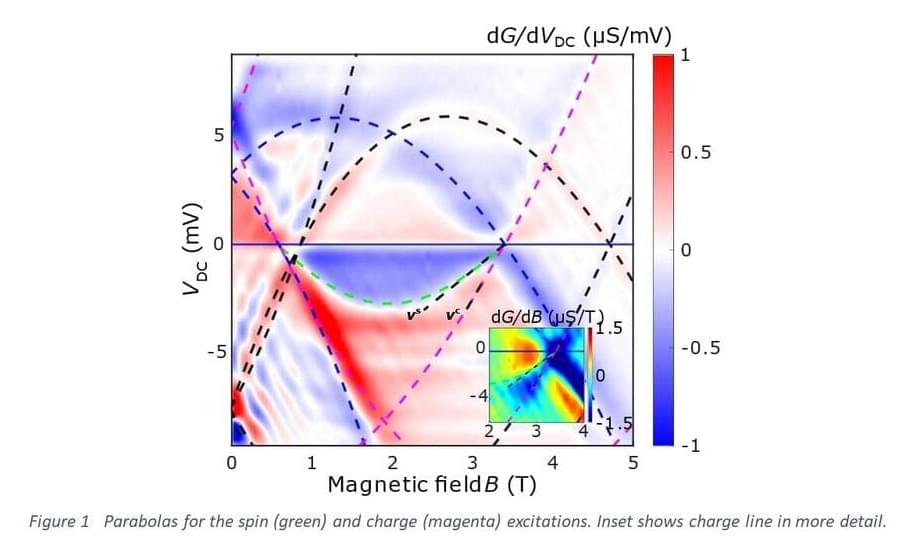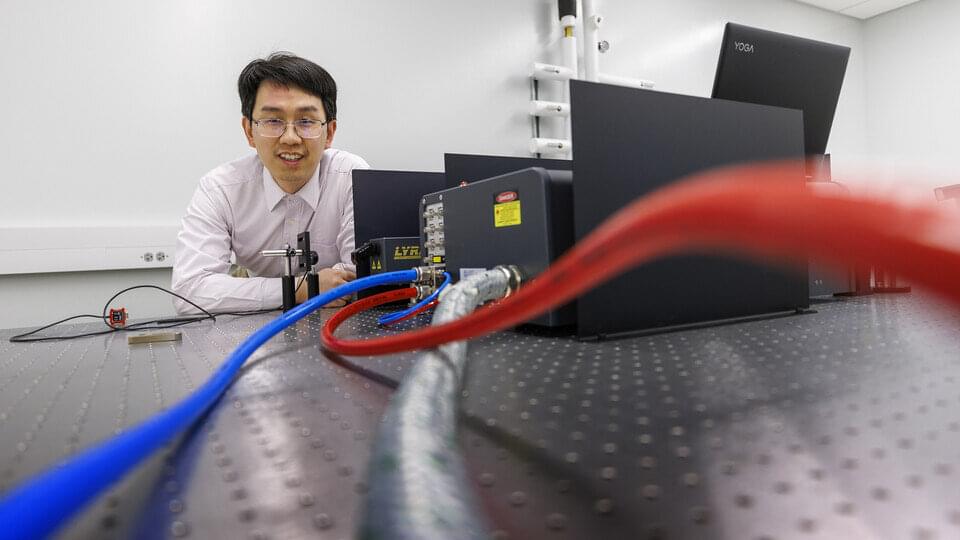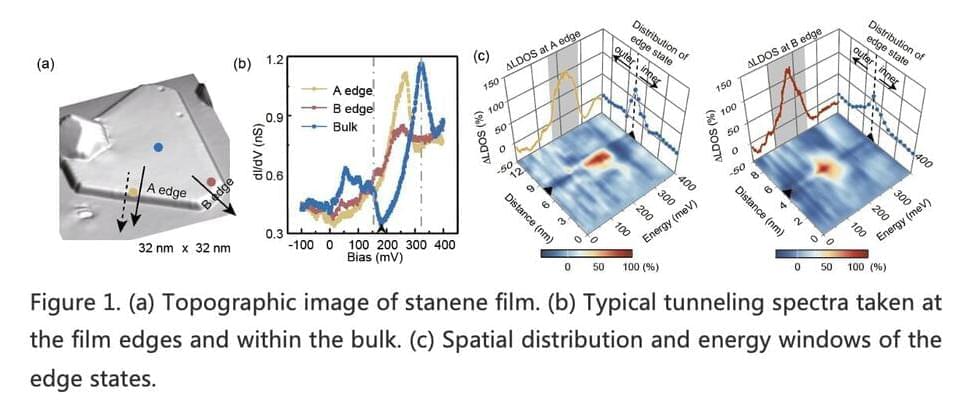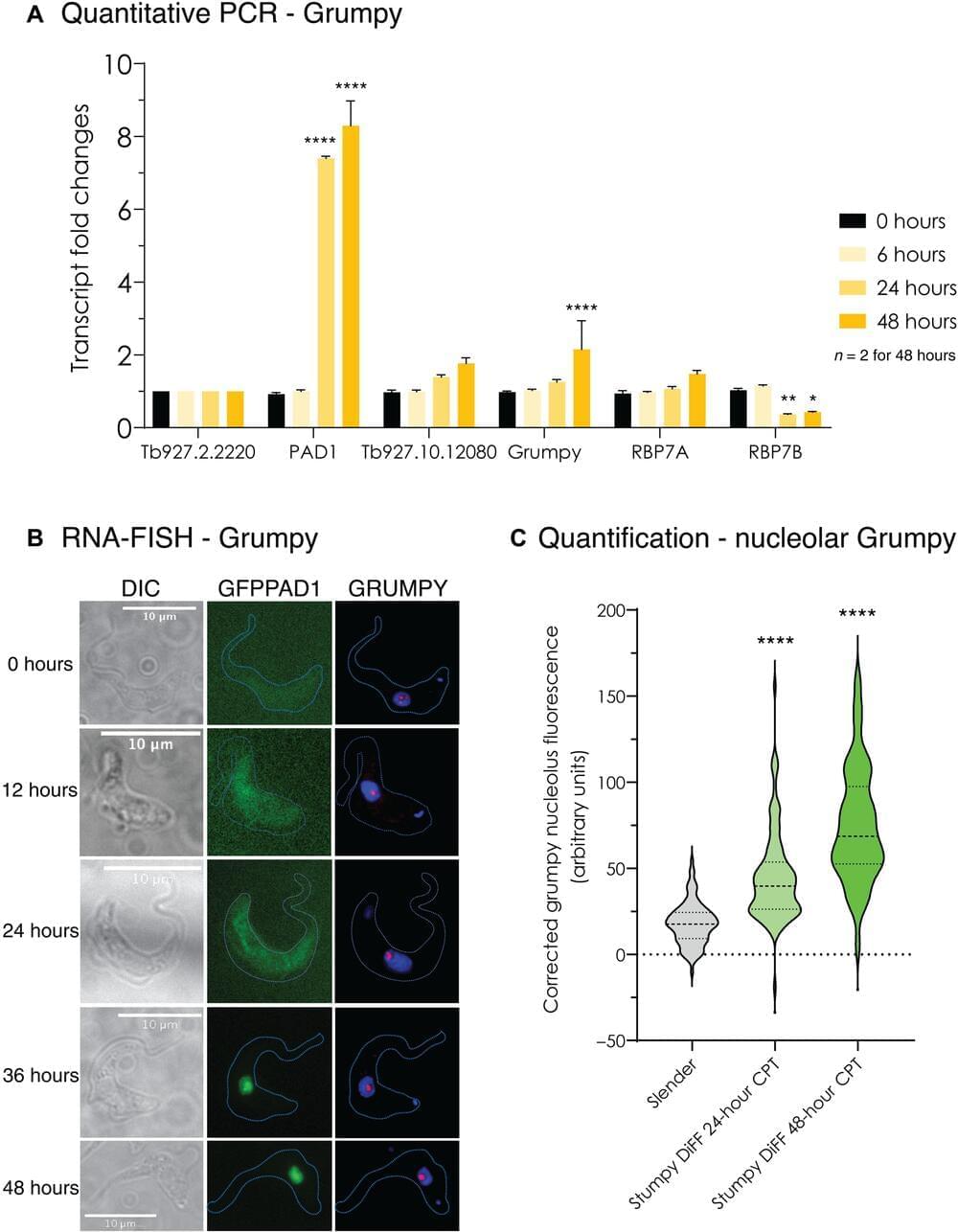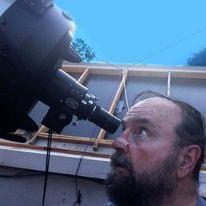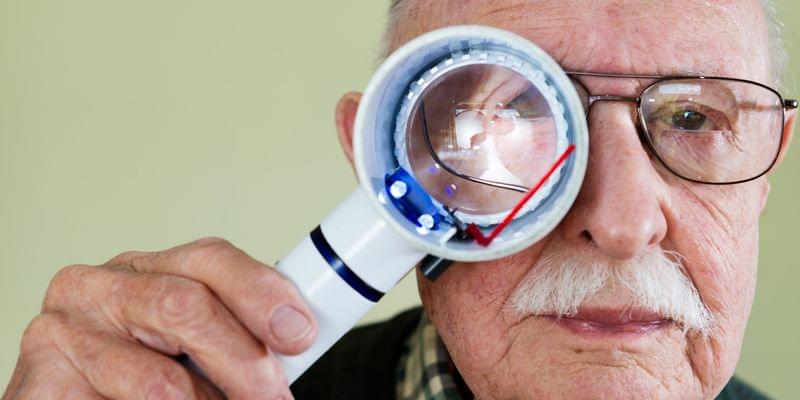Jun 17, 2022
Top 10 Experiments with GPT-3 Every Tech Enthusiast Should Try
Posted by Jose Ruben Rodriguez Fuentes in categories: biotech/medical, internet, law, robotics/AI
GPT-3 is a neural network machine learning model trained using internet data to generate any type of text. Developed by OpenAI, it applies machine learning to generate various types of content, including stories, code, legal documents, and even translations based on just a few input words. GPT-3 has been getting a lot of attention for the seemingly unlimited range of possibilities it offers. GPT-3 is also being used for automated conversational tasks, responding to any text. So here mentioned the 10 experiments with GPT-3.
Interviewing AI: Using the Chat preset within GPT-3 Playground you can ask the current entity about its personality. And while of your dialog, the GPT-3’s personality emerges. Note that after 2048 tokens there’s a hard cut, and you never will encounter the same personality setting again. It imitates a human person worrying about data privacy.
Doctor’s Assistant: The AI has been fed with patient files, describing their profile and symptoms in a few lines. The AI spontaneously makes suggestions of what the disease could be. GPT-3 got away with an impressive 8 out of 10 correct guesses. This could become amazing support to doctors, and a great tool to investigate.


